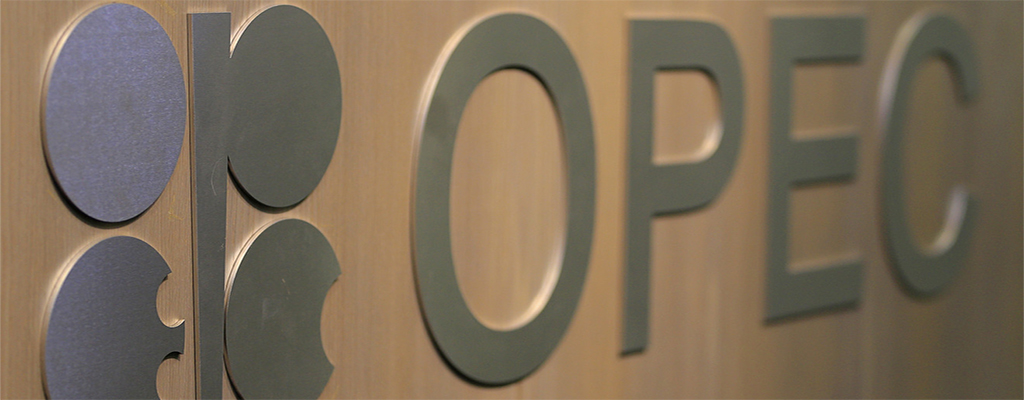Portfolio managers continued to be bearish on crude oil prices ahead of the now-delayed OPEC+ meeting, further selling off Brent and WTI futures and options and halving the net bullish bet on oil in two months.
The bearish positioning in crude oil in the past eight weeks suggests that hedge funds and other money managers are skeptical about OPEC+ managing to offset non-OPEC+ supply rising faster than expected, as well as concerns about economic growth. Some of the moves down in oil were also triggered by technical selling, while some hedge funds have stayed on the sidelines waiting for the next decision of the OPEC+ group.
In the week to November 21, bullish bets were slashed - with net-long positions being cut by over 19,000 positions to the lowest since June, according to data from the ICE Futures Europe exchange and the CFTC.
The latest Commitment of Traders (COT) report was released on Monday, delayed due to Thanksgiving last week.
“Unsurprisingly, given the weakness seen in the market, speculators continued to reduce their net long in ICE Brent over the last reporting week,” ING strategists Warren Patterson and Ewa Manthey said on Tuesday.
The net long position – the difference between bullish and bearish bets – in Brent Crude futures slumped by 15,880 lots to 155,105 lots as of November 21—the smallest net-long position since early October. Most of the sell-off was due to the liquidation of long positions.
In NYMEX WTI Crude, portfolio managers cut their net long by 19,751 lots over the last reporting week to 104,545 lots. This was the smallest bullish position since July, ING’s analysts noted.
“While longs are liquidating as sentiment in the market sours, there is also likely an element of speculators taking risk off the table ahead of the OPEC+ meeting,” they said.
Amid record-high U.S. crude oil production, money managers have been selling WTI futures for eight consecutive weeks, reducing their position by the equivalent of 216 million barrels since the end of September, according to data compiled by Reuters market analyst John Kemp.
The combined net long in WTI and Brent has seen eight weeks of selling apart from a geopolitics-driven bid higher in the week of October 17, after the Hamas attack on Israel, Ole Hansen, Head of Commodity Strategy at Saxo Bank, said, commenting on the latest report on traders’ positioning.
During those eight weeks, the combined net long in WTI and Brent has more than halved to 260,000 lots, driven by 188,000 lots of long liquidation and 112,000 lots of fresh short selling, Hansen added.
Traders are now expecting the next move from OPEC+, which is set to hold a virtual meeting on Thursday, November 30, if the group doesn’t delay it again, as some reports suggested on Tuesday.
A rollover of the current cuts is the likely scenario, according to OPEC+ sources who have spoken to Reuters. The alliance is said to be continuing talks with African producers about their quotas, but no agreement has been reached as of late Tuesday.
If the current cuts are only extended, they could erase most of the surplus on the market expected early next year, ING’s analysts said.
“However, if OPEC+ want to provide more solid support to the market and ensure that we do not see stocks building early next year, they will need to agree on deeper and broader cuts,” they added.
“The Saudis and OPEC+ have made a habit of surprising markets in recent years when it comes to their meetings. However, with aggressive cuts already in place, it does leave one wondering the degree to which the group could surprise the market with deeper-than-expected cuts.”
By Tsvetana Paraskova for Oilprice.com
Related Stories

